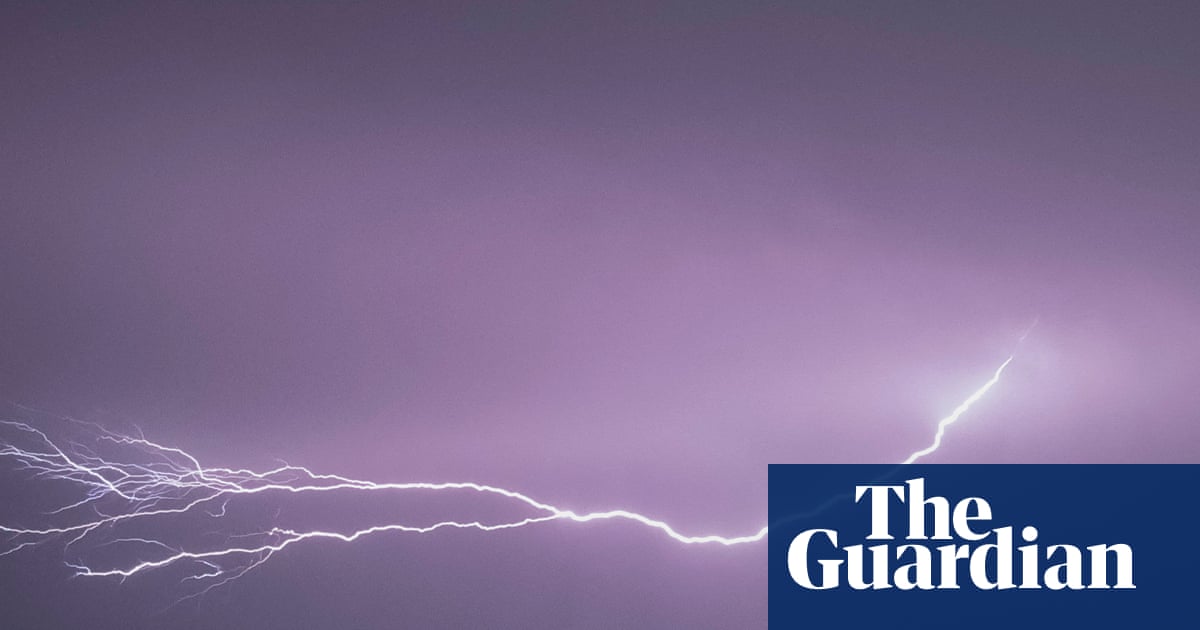WMO Warns of Lightning Dangers, Urges Shelter During Storms
The World Meteorological Organization (WMO) warns of lightning dangers, advising immediate shelter in substantial buildings or vehicles during storms. This crucial guidance aims to prevent historical casualties.
Subscribe to unlock this story
We really don't like cutting you off, but you've reached your monthly limit. At just $5/month, subscriptions are how we keep this project going. Start your free 7-day trial today!
Get StartedHave an account? Sign in
Overview
- The World Meteorological Organization (WMO) has issued a significant warning, emphasizing the inherent dangers and risks associated with lightning strikes during stormy weather conditions.
- To ensure public safety, the WMO strongly advises individuals to seek immediate and secure shelter within substantial buildings or enclosed vehicles when a storm is present.
- This critical safety recommendation is specifically designed to prevent potential injuries and fatalities that can result from direct or indirect lightning impacts.
- The WMO's guidance is informed by historical data, which consistently highlights the importance of these preventative measures in reducing lightning-related casualties.
- Adhering to these straightforward yet effective precautions is crucial for minimizing the number of lives lost due to lightning activity globally, according to the WMO.
Report issue

Read both sides in 5 minutes each day
Analysis
Analysis unavailable for this viewpoint.
Articles (3)
Center (0)
No articles found in the Center category
FAQ
The WMO advises seeking immediate shelter in substantial buildings or enclosed vehicles during a lightning storm to prevent injuries or fatalities.
Remaining in shelter for at least 30 minutes after the last sound of thunder is crucial because lightning can strike even when the storm appears to be moving away, ensuring continued protection from potential lightning strikes.
Employers should implement an Emergency Action Plan that includes lightning safety protocols, designate safe shelters, establish warning systems, train employees, and suspend outdoor activities when lightning threats are detected.
Tall objects like trees, utility poles, and equipment such as cranes or metal tools conduct electricity and can attract lightning strikes, increasing the risk of injury to anyone nearby.
Event organizers should monitor weather conditions closely, designate a lightning monitor, establish clear safety plans including when to stop activities, and ensure prompt evacuation to substantial buildings or hard-topped vehicles for shelter.
History
- This story does not have any previous versions.


